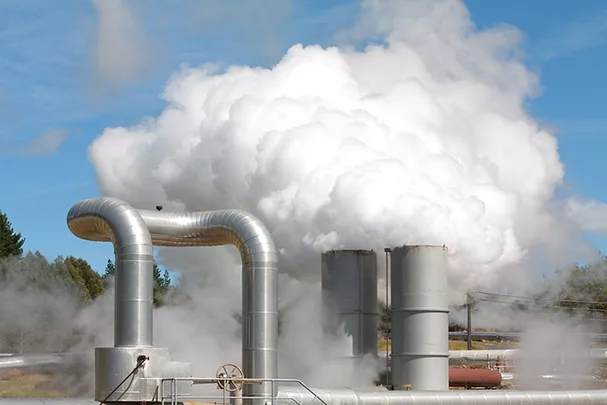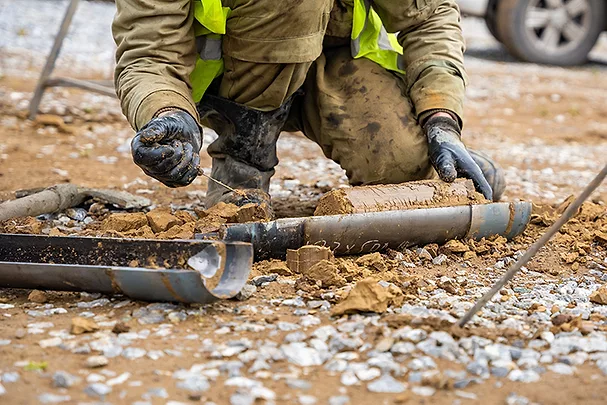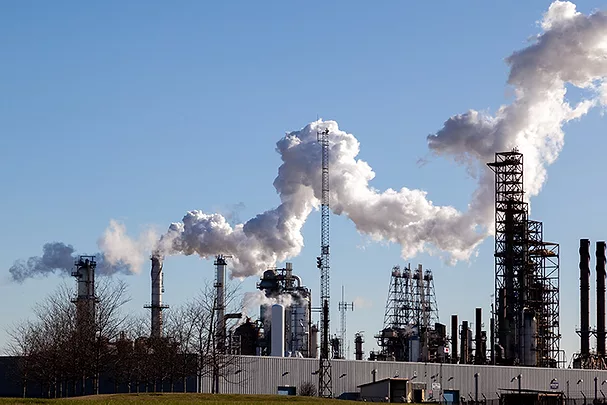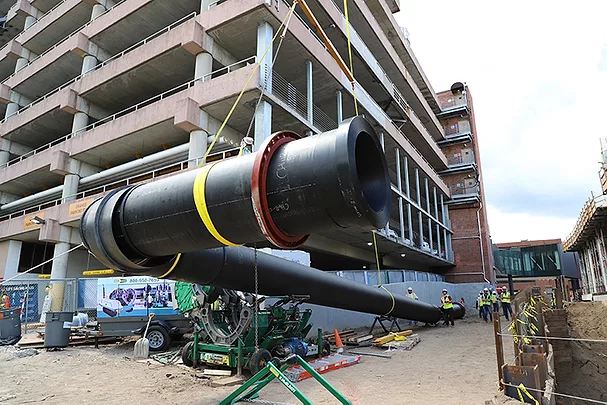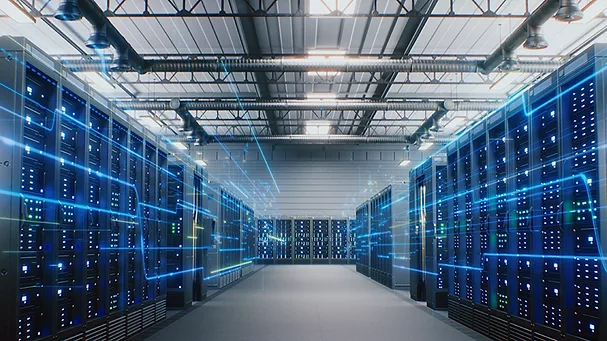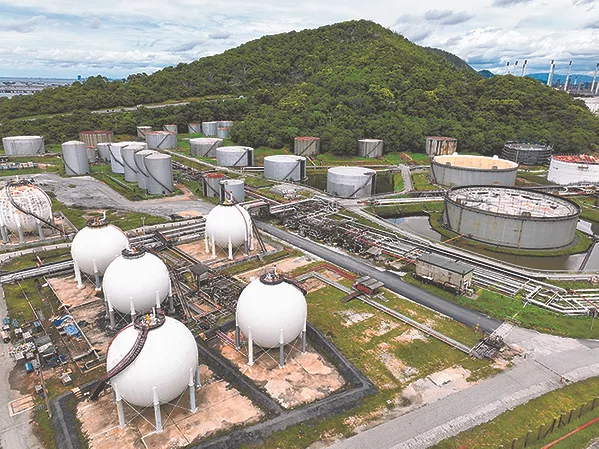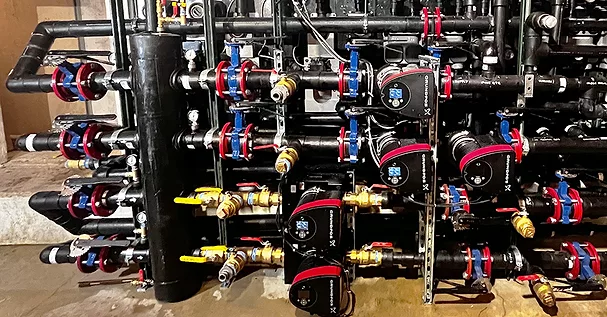Alternative Energy
ARTICLES
Geothermal HVAC
The underground infrastructure allows deployment in space-constrained areas without major surface disruption.
Read More
Feature
Demystifying Geotechnical Reports
By focusing on key sections and collaborating with the project team, engineers can mitigate risks such as high groundwater and expansive soils, ensuring safe and cost-effective designs.
Read More
Feature
Using a New Model Specification for Ground-Source Geothermal Piping Systems
Avoid confusion and costly mistakes when specifying piping materials with PPI MS-7.
Read More
Feature
The Practical Application of Geothermal Resources
Geothermal systems can significantly improve building energy efficiency, especially in climates with balanced heating and cooling demands; proper system design and modeling help maximize sustainability.
Read More
Green Trends
Top Heat Pump Water Heater Rebates Available Nationally
While federal incentives for heat pump water heaters end Dec. 31, there are still plenty of state and utility plans.
Read More
Geothermal HVAC
The Billion-Gallon Opportunity: How Geothermal Exchange Can Solve the Refinery Water Crisis
With financial incentives from the Inflation Reduction Act, this technology not only mitigates environmental and operational risks but also creates opportunities for refineries to become
community energy assets.
Read More
Feature
Healthcare Facilities And Sustainability: An Exercise in Striking the Right Balance
Contractors can still find ways to offer hospitals access to more energy in emergencies while regularly using less.
Read More
Green Ideas
Hyperscale Data Centers: The Powerhouses of Modern Computing
Technology advancements are driving sustainability in the industry while addressing the growing demand for data and complex computational tasks.
Read More
Feature
Industrial Info Delves Into LNG Project Spending
North America is witnessing significant growth in liquefied natural gas production, with the United States leading global exports and major projects concentrated along the Gulf Coast.
Read More
Feature
Simplifying the Design of Ground Heat Exchangers for Ground Source Heat Pumps, Part 2
Optimizing GHEX design enhances control, reliability and efficiency under all load conditions.
Read More
